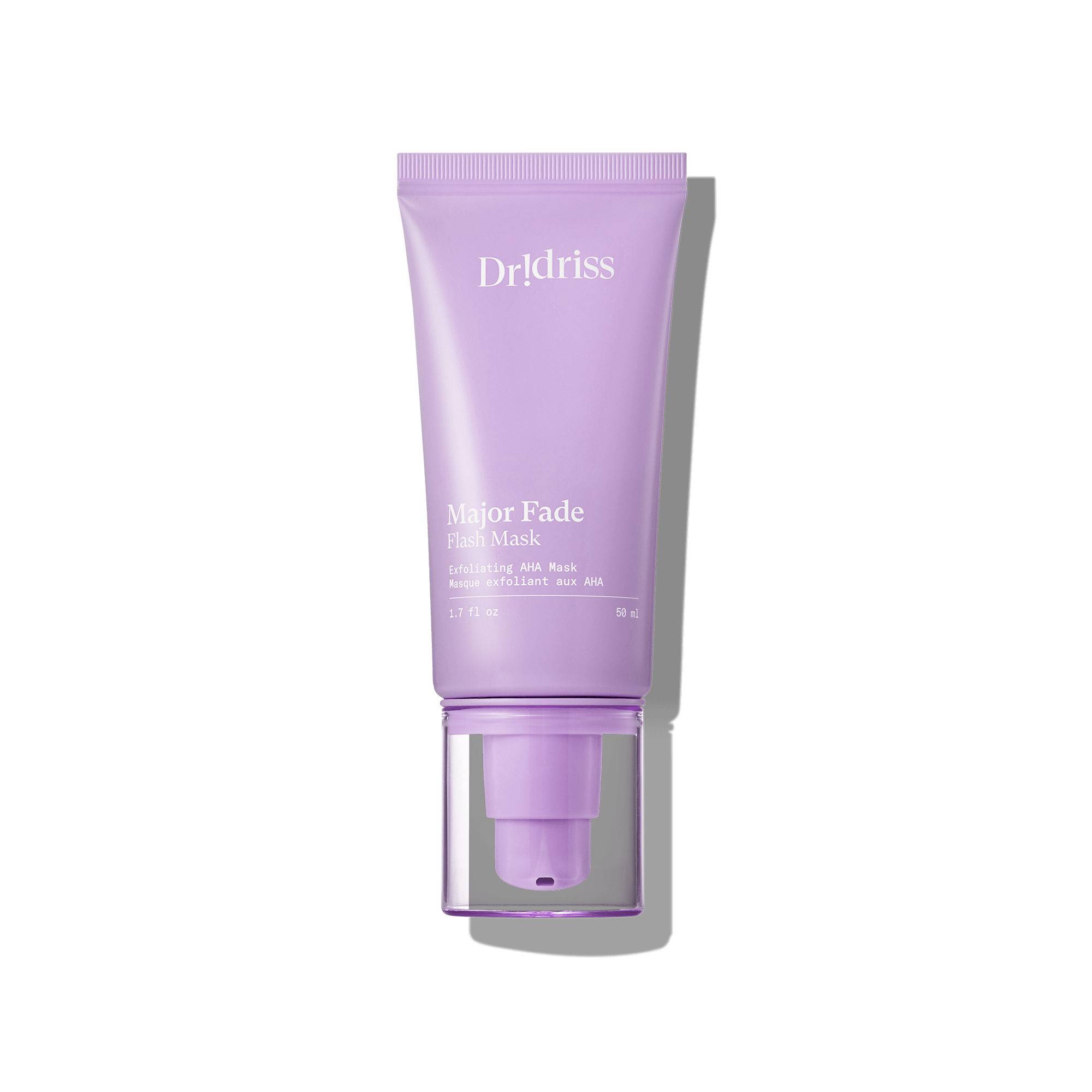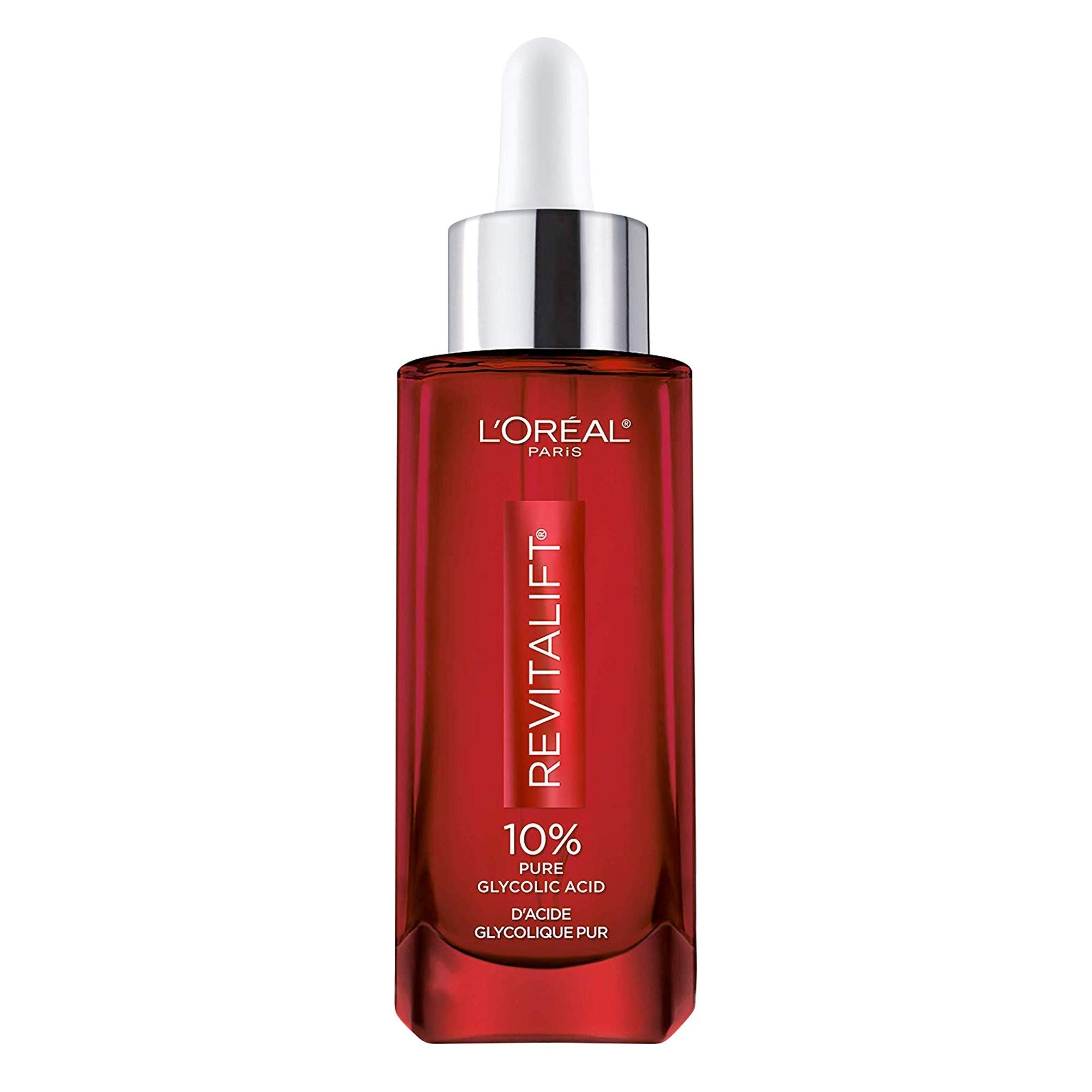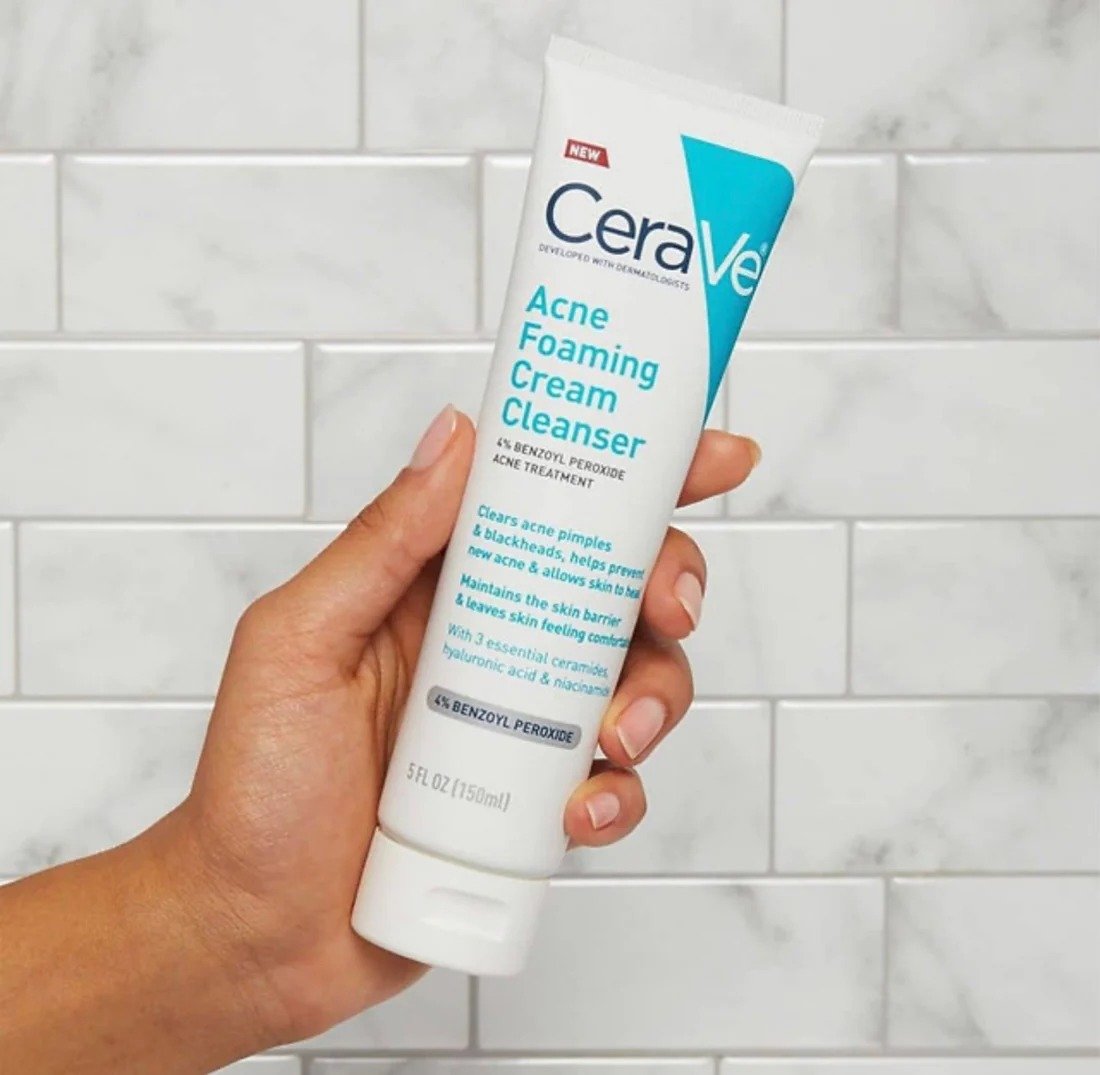The Guide to Glycolic and Salicylic Acids
September has arrived. It might be morning, but if you're still under your blanket, lounging on your couch, or deciding whether to exercise, it's time to rise. Don't hit the gym. Instead, take a seat, put your glasses on, and dive into 'But More Importantly'. We delve into a range of topics including cosmetics, skincare ingredients, procedures, medical conditions, and more. If you haven't subscribed yet, now is the time. If you've never commented or asked a question, start by saying hello.
September marks the return to school and city life. The scent of pumpkin spice fills the air, and regardless of how 'basic' you may find it, I embrace it. With Halloween only two months away, the Christmas tree is on standby. This is the most anticipated time of the year for me - a period of fresh starts.
Those who have spent the summer under the sun, it's time to restore your skincare routine with a fresh start. The first step is exfoliation. I recently realized that many are still unclear about the difference between salicylic acid and glycolic acid - the most common exfoliants. Today, I want to delve deeper into the science behind these two, so you can make an informed choice. Believe it or not, many people are unsure which exfoliant to use, and often overuse the wrong one, leading to unhappy skin.
What are glycolic acid and salicylic acid?
Glycolic acid, in my opinion, is the crown jewel of alpha hydroxy acids. As the smallest alpha hydroxy acid, it penetrates deepest into your skin. Though naturally derived from sources such as sugarcane, it is now mostly lab synthesized. Salicylic acid, on the other hand, is a beta hydroxy acid, often referred to as BHA. Originally derived from the willow tree bark, Salix alba, it is now also primarily lab synthesized.
The main purpose of both glycolic acid and salicylic acid in skincare is exfoliation. However, not all exfoliation is the same. To simplify, glycolic acid is ideal for surface exfoliation, and salicylic acid is best for oily or acne-prone skin. So that's the nutshell. However, realize that there's more to the story.
How it works
Glycolic acid and salicylic acid both offer unique benefits for skin care, due to their differing solubilities. Salicylic acid is oil-loving and hence attracted to the oilier parts of your face. It penetrates deep within your pores, breaking up the oil accumulation to prevent clogging and bacterial growth that can lead to acne. On the other hand, glycolic acid, while not oil soluble, is excellent for hydration and can indirectly boost collagen production. It triggers the fibroblasts, the powerhouse cells in the dermis, to produce collagen.
Benefits
If you're looking for exfoliation with anti-aging benefits, glycolic acid is your go-to. Glycolic acid primarily helps with surface exfoliation, reducing fine lines, evening out skin tone, and enhancing the surface texture of your skin.
Conversely, salicylic acid is effective at penetrating deep into your pores to remove buildup. Therefore, it's not the best choice for someone with dry skin who is looking for anti-aging benefits. For example, a non-oily 50-year-old using salicylic acid might not benefit as much as they would from glycolic acid.
Who is it for?
So, who is the ideal user for each acid? Salicylic acid suits those with oily, acne-prone skin. Even if you don't have oily or acne-prone skin, a weekly application can help regulate your skin. Glycolic acid, however, is more appropriate for those concerned with aging, sun damage, and overall skin texture.
Despite the myth, glycolic acid can be beneficial for all skin types and tones, including darker ones. Although it's the smallest and most potent of the AHAs, it will not necessarily cause a negative reaction. However, it might lead to hypersensitivity in some cases. If it causes irritation, it might lead to post-inflammatory hyperpigmentation, just like any irritating ingredient. If you're apprehensive about potential irritation, consider a patch test on the side of your face a couple of times a week. If there's no irritation, feel free to reap the benefits of glycolic acid.
Understanding the concentration of glycolic acid used is crucial. It’s most effective at 5-20%, but it's challenging to find anything above 15% in the U.S. Higher concentrations are typically used for chemical peels under professional supervision, as they can cause complications. And in Canada, it is illegal to sell glycolic acid over 10% over the counter.
Those with very dark and sensitive skin, who are also new to these products, should start with a mild concentration of 5-7%. However, always do a patch test first. Medium strength is 8-10%, often present in toners, serums, or masks. This strength is an effective exfoliant for most skin types. Concentrations between 10-20% provide deeper exfoliation and enhanced results, but this should only be used by those with non-sensitive skin who understand their skin's reactions.
Regarding Salicylic acid, the U.S. FDA only approves over the counter acne products at 0.5-2%. Salicylic acid is beneficial for acne, but not all products can claim this due to drug fact label regulations. A product with salicylic acid but without a drug fact label can still be effective for acne; it simply cannot claim it.
Products with 0.5-1% salicylic acid are suitable for daily use and won't over-exfoliate or strip natural oils from the skin. Higher concentrations of 1-2% are typically found in leave-on treatments and cleansers, but overuse can be problematic.
Sun sensitivity can be increased due to glycolic acid, especially if you have darker skin tone. Hence, it is essential to wear sunscreen the next day after exfoliating, and it’s preferable to exfoliate at night, not in the morning.
Discovering Acid Alternatives
If glycolic acid isn't well-tolerated, lactic acid is a good alternative for anti-aging benefits. For surface exfoliation, polyhydroxy acids (PHAs) like glucanolactone are a suitable choice.
For those who've read my older articles about exfoliation, you might recall the topic of salicylic acid alternatives. One such substitute is one of the gentler AHAs, Mandelic acid, which is oil soluble and gentle on sensitive skin types. If salicylic acid isn't for you, Mandelic acid might be the answer, especially if your skin is oily or acne-prone. So, let's delve into a few product recommendations that feature glycolic and salicylic acids.
Top Product Recommendations
First up is Dr. Idriss’ Flash Mask, an acid-based resurfacing mask with a delightful pink color. Priced at $48, it boasts three main ingredients: 15% glycolic acid, lactic acid, and Tranexamic acid for skin tone balance. The mask format is intentional – it discourages overuse and allows users to determine their own tolerance levels. For sensitive skin types, I'd recommend a five-minute application before washing off. However, if your skin can handle it, you can leave it on overnight as I do, for a baby-soft feel the next day.
Next, there's L'Oréal's Glycolic acid serum, less intense and priced at $38. Despite its higher price for a basic glycolic acid serum, I appreciate its efficacy, texture, and the skin sheen it offers. An added bonus is the aloe extract for soothing benefits, though I'm not the biggest fan of the dropper.
Lastly, there's the Bubble product, a combination of AHA and PHA, retailing for 18. It's a mask, similar to Flash Mask, but the undisclosed percentage of active ingredients and a peculiar smell might be downsides. An undisclosed percentage often suggests a lower concentration, likely less than 10%. The blend of ingredients here makes it appealing for those with sensitive skin, particularly because of the inclusion of azelaic acid, which can be beneficial for those dealing with rosacea. It's affordable and worth trying out. This solution is versatile and can be used on darker areas, and even other parts of the body like knees or feet.
As for its use as a scalp treatment - a trend seen on TikTok - there are better-suited options than glycolic acid, as scalps are typically oilier.
Moving on to Sal acids, everyone seems to be raving about the grey bottle by Paula's Choice. It offers 2 percent salicylic acid and doesn't claim to treat acne due to the absence of a drug fact, but it's fantastic for those with acne-prone or oilier skin. There's also PanOxyl on the market. Comparatively, the two products are very similar. The prices differ, with one retailing for $34 and the other for $10. Ingredient-wise, one has green tea while the other has spirulina. Despite the slight differences, both are effective for salicid treatment. The usage instructions also differ slightly. Paula's Choice suggests using the product once or twice daily after cleansing and toning, while PanOxyl recommends starting with one application daily and gradually increasing the frequency. Additionally, PanOxyl emphasizes the importance of finishing with SPF 30 after using their product, a direction I prefer. It should ideally be used once a day at night, especially for those who have oily skin. However, for those living in humid environments with oily skin, using it twice a day could be beneficial.
In terms of cleansers, Cerve's Acne Control Cleanser retails for $18.99. Neutrogena also offers a salicylic acid cleanser, as does Skinfix with a 2 percent acne cleanser priced at $35. Directions differ slightly amongst these. Generally, leaving the cleanser on the face for 5 to 10 minutes before rinsing off works well.
Then, there's the option of spot treatments. Apply directly to any impending pimples or irritated areas. It helps in drying out these problem areas. Spot treatments can be used twice a day without any issue.
Exploring a Blend of AHAs and BHAs
Finally, there are products combining AHAs and BHAs - glycolic and salicylic acid. These are perfect for oily individuals seeking anti-aging benefits and a smoother skin texture. Skin Better Science offers a costly yet effective blend of glycolic, lactic, and salicylic acid at $115. It's packed individually, which is handy for travel but also results in more waste. Similarly, the Dr. Dennis Gross alpha beta peel pads retailing for 92 bucks blends glycolic, lactic, and malic acid along with salicylic acid.
In conclusion, understanding your skin type and needs is vital when considering the use of salicylic and glycolic acid. As always, feel free to drop any questions or comments below, and I'll see you in the next session.
About the Author: Caolan
With over a decade of international experience, Caolan's passion lies in simplifying the complex. His innovative thinking and audience-first approach have made significant impacts across the creative industries. Now, as the founder of But More Importantly, he applies these talents to the world of cosmetics, aiming to unmask marketing hype and provide readers with the truth about beauty products. His mission: to help you make informed choices and discover what truly enhances your beauty routine.


























